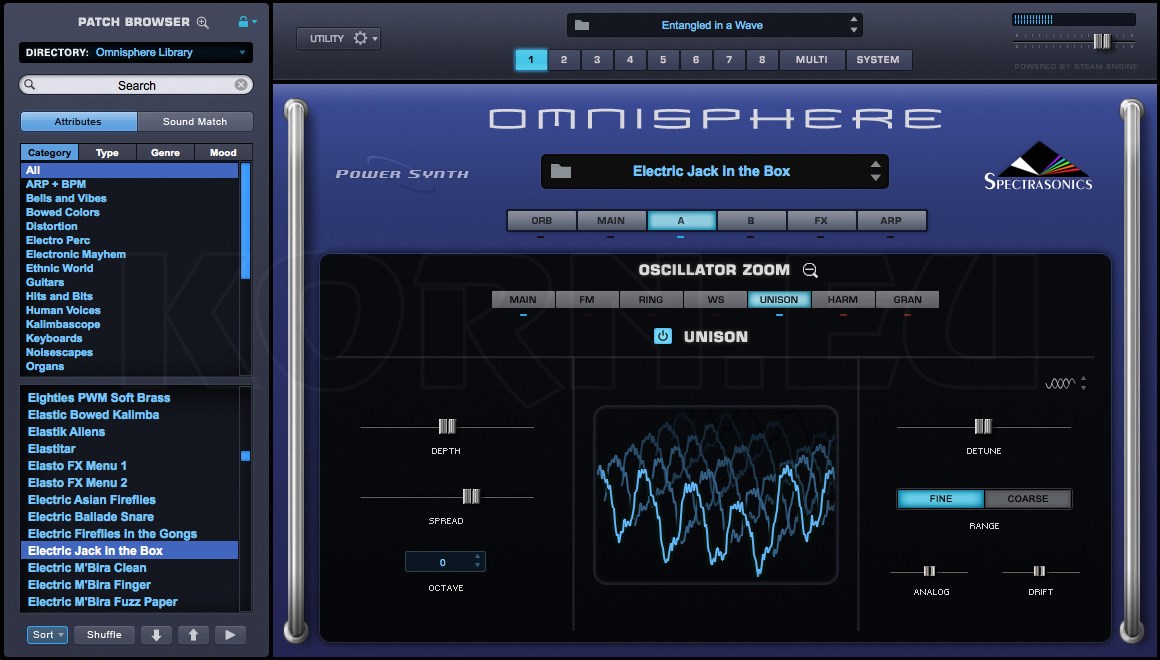New Articles
- ✔ Hologram Keyboard For Android Free Download
- ✔ 89c51 Software Download
- ✔ La Chevaliere Seth Gueko Download Chrome
- ✔ Download Lagu Dragon Force Full Album Mp3
- ✔ Go Zilla 5 02 Keygen Photoshop
- ✔ Autocom R3 Keygen
- ✔ Nandanam Malayalam Serial Actress
- ✔ Free Mp3 Download Masterpiece Atlantic Starr
- ✔ Download Lagu Dragon Force Album
- ✔ Download Game Billiard Untuk Hp Layar Sentuh
- ✔ Nugen Audio Stereoizer 3 Serial
- ✔ Coolsat 6000 Premium Bin Files
- ✔ Download Lagu Padi Begitu Indah Versi Acoustic
- ✔ Stephen King La Torre Nera Epub Format
- ✔ Realtek Midi Driver Windows 8
- ✔ Calcolo Tfr Software Free
- ✔ Pokemon Zip
- ✔ The New Real Book Pdf 300
- ✔ Quite Imposing Plus Mac Serial Port
- ✔ Jai Mahalaxmi Tv Serial All Episodes
- ✔ Baixaki Livro Como Conquistar As Pessoas Pdf
- ✔ Baixar Telemensagens De Aniversario Para Mãe Gratis
- ✔ Eset Nod32 Antivirus 7 Serial 2017
- ✔ Asus Eee Pc 1001px Drivers Windows 7
- ✔ Cccam Script Installation
